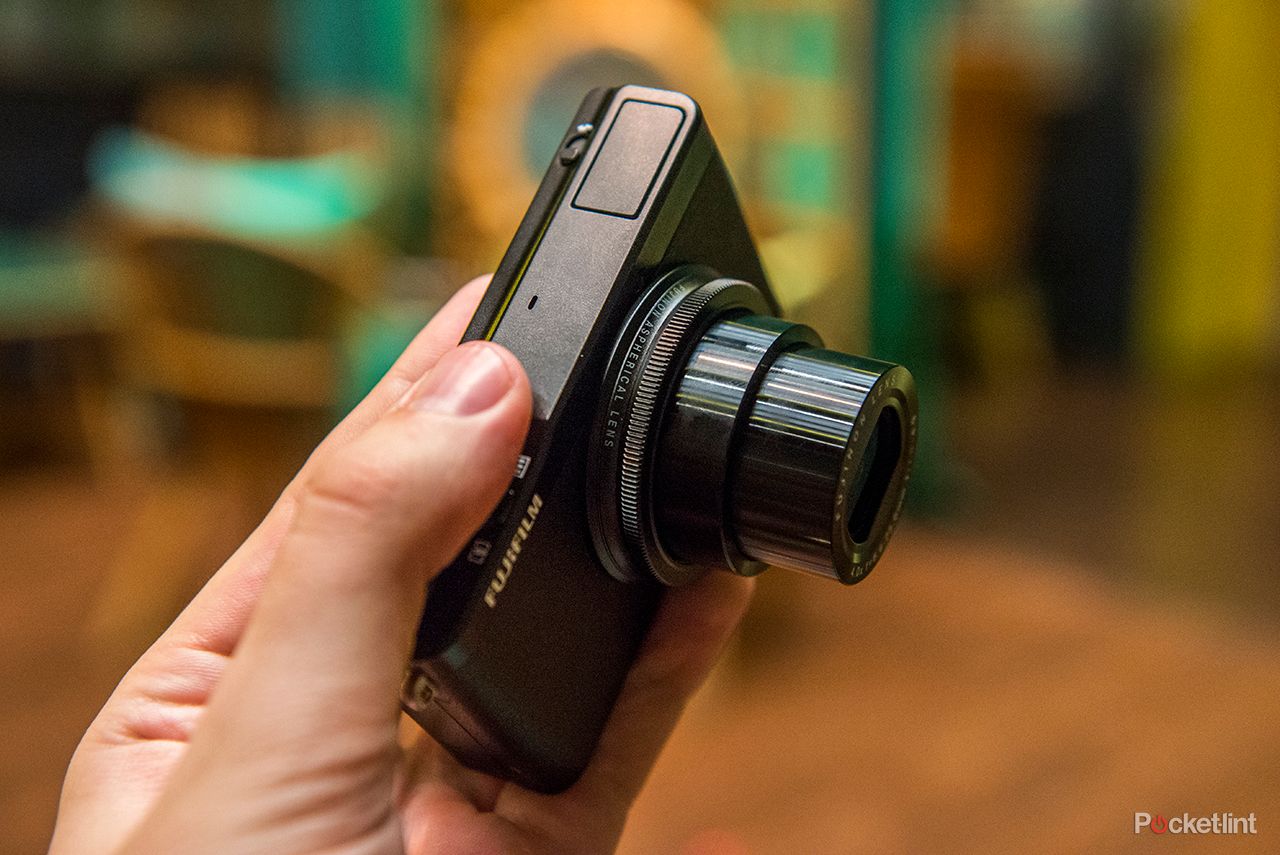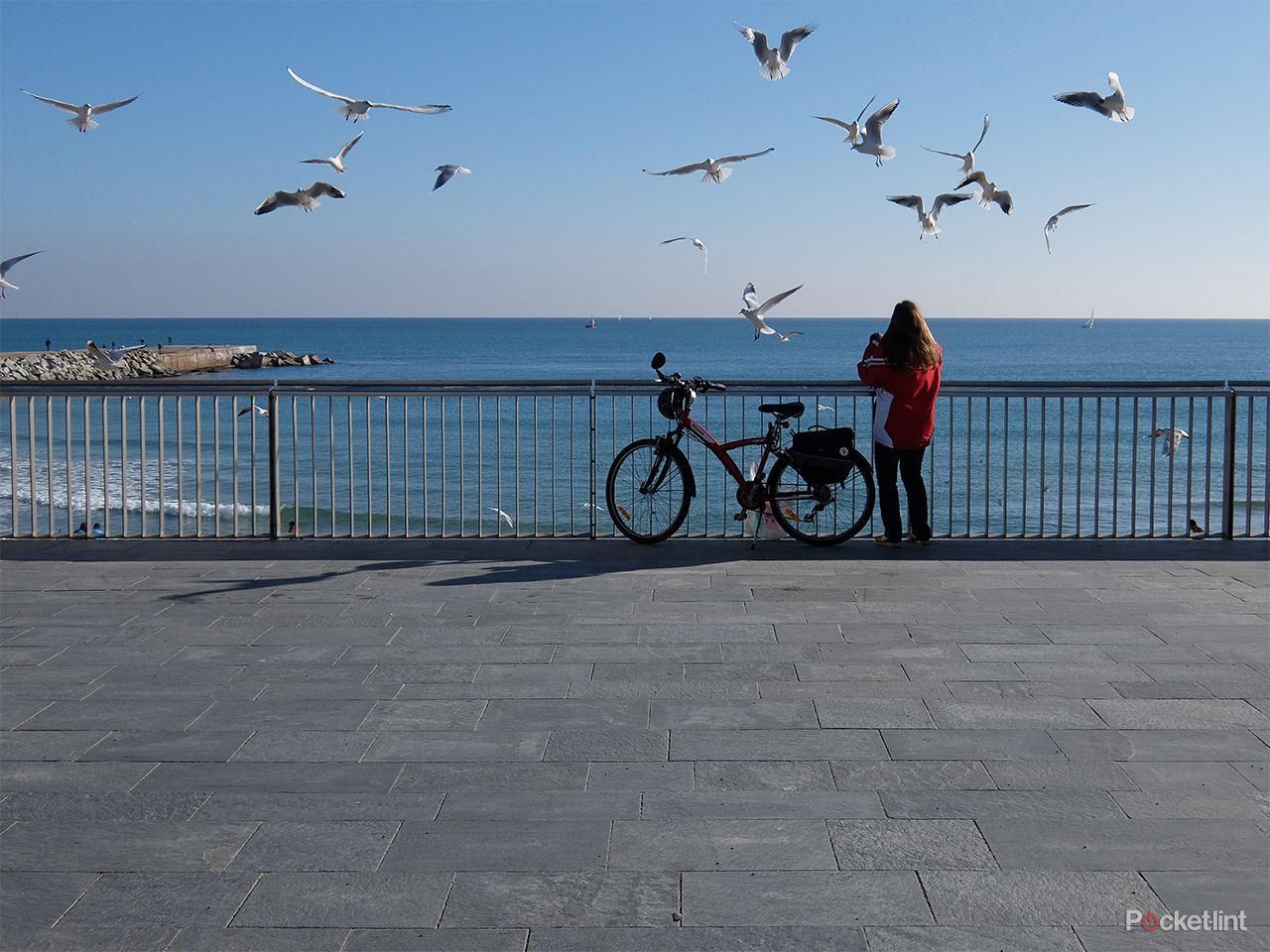When we first saw the Fujifilm XQ1 we were rather excited. This dinky, pocketable compact promised a good slice of the greatness that its big brother X20 model offers, albeit in a smaller package that ought to bring a yet wider appeal.
Our quick take
The Fujifilm XQ1 is on the cusp of great things, but it’s not the same calibre as the bigger brother X20 model. And that leaves us almost a little disappointed because, and despite all its potential, we don’t feel that the XQ1 is the Canon S120 killer that it touted itself as.
Why? Because the autofocus is hit and miss and that, ultimately, costs the camera. It’s not a write-off by any means - but in a number of bright-lit conditions autofocus failed to lock on. And in that real world that kind of stuff really matters. When it’s on point it is super-fast though.
Still, with that said, the decent optics, 2/3-inch sensor’s top image quality and a sturdy, small scale build with that physical lens ring combine to make for a decent pocketable camera. The XQ1 buries the earlier XF1 model in our view, and it shows Fujifilm stepping up to a more mainstream platform while maintaining its focus on many of the high-end features.
But the repeat frustrations with autofocus show the company has let accuracy slip in favour of apparent speed benefits - so fingers crossed for a firmware update to improve that, and then we’ll have a truly decent all-round compact camera. For now, though, it’s just on the right side of good rather than being the exemplary great we had initially anticipated.
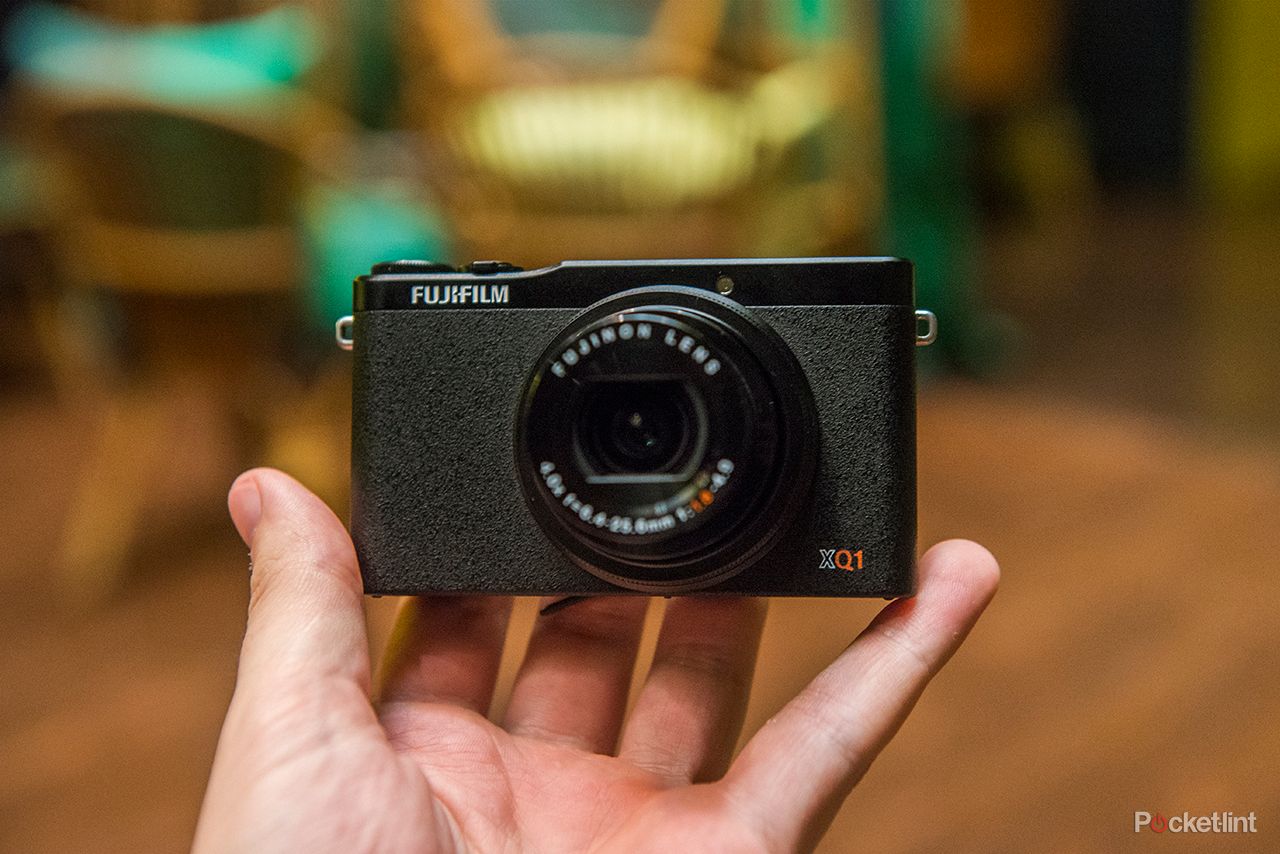
Fujifilm XQ1 - 4.0 / 5
| FOR | AGAINST |
|---|---|
|
|
Fujifilm XQ1
One look at the specs and it's clear the XQ1 is knocking on the door of Sony RX100 and Canon S120 territory - but can it bring what was so great about the X20 into the smaller scale with as much success?
Less is, well, less
In the hand the XQ1 feels right. It’s small, well built, and has a physical lens ring that can be used to make settings adjustments in addition to the rear rotational d-pad.
We’re impressed with the camera's physical terms and build. Think miniaturised X20 without the viewfinder and minus some physical controls, delivered with the sort of pocketable loveliness that Fujifilm has previously missed the mark on with the likes of the XF1, for example. The XQ1 gets it right without any hint of a tacky finish.
READ: Fujifilm XF1 review
But there was something that didn’t quite add up for us. Fujifilm talks the talk with the claim of the "world’s fastest autofocus" in the XQ1. When it works it is certainly super-fast, but we continually stumbled upon autofocus issues - and not even in what we’d call "difficult" shooting conditions. A stark silhouette of a building against white skyline? It took multiple attempts for autofocus to lock on, and for no apparent reason.
Close-up shooting was problematic too. The widest-angle setting should lock on a 3cms from lens to subject. It does when we’re doing "boring shots" - like snapping the keyboard keys as we type this review - but out in the wild we had multiple instances of failed autofocus in apparently better daylight conditions. Confusing.
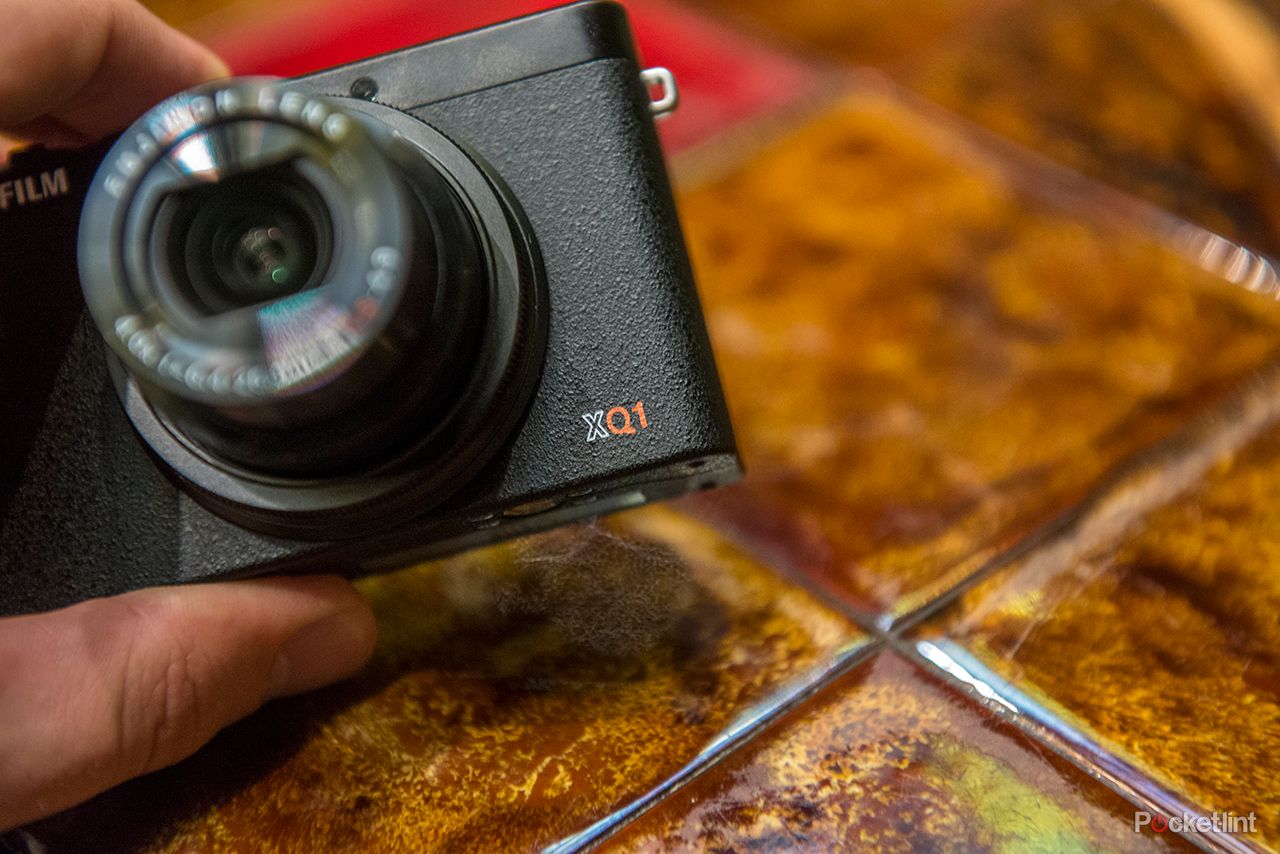
That’s a bit of a problem, isn’t it? The hit and miss nature of the autofocus in the single area AF mode is absolutely not what we were expecting. And we’re not moaning about the speed of it because, as we say and, indeed, as Fujifilm claims, it is fast - just not as on point as it should be.
Pop the pre-AF option on from within the menu and it seems to bring it closer to standard. But we're still a little baffled. When we first saw the XQ1 as a preview model it performed well in dim indoor conditions. Take it to the streets of sunny Spain and it seems to be the higher-contrast bright light that perplexes the system.
Specs that sell
We had to knock that apparent shortcoming on the head. Because, all things considered, the autofocus setback doesn’t put the XQ1 into the same league as the X20. Despite some of its spec-based benefits, we would also, therefore, put the XQ1 a step behind the likes of the Canon S120.
READ: Canon PowerShot S120 review
But it’s within the strength of some of the XQ1’s specs that its success is assured. It’s got a large 12-megapixel 2/3-inch sensor - the same already proven X-Trans CMOS II as found in the X20 - alongside a 25-100mm f/1.8-4.9 equivalent zoom lens that maintains a decent balance of wide aperture settings to physical size considering the scale of this camera. It’s also wider-angle than the likes of the Sony RX100 II, so you can squeeze more into the frame when composing with the Fuji.
READ: Fujifilm X20 review
The lens can swiftly slide through that focal range via the zoom toggle control around the shutter button on top of the camera. If you prefer to use the physical lens ring to adjust zoom then this is also possible - you can assign more or less whichever function you like to the lens ring. Customisation is key.
Q&A
We feel as though the XQ1 is a turning point; the model to succeed the XF1 - a camera it owes several similarities to. It's got the same dual control method whereby the rear controls double-up their functions via the press of a button, for example. It manages to fall into the same trap as the XF1 in this department too, as it looks like these secondary controls are touchscreen options. But that's not the case as the XQ1, just like the XF1, has no touchscreen. Sad faces all round.
Unlike the earlier XF1, the XQ1’s lens automatically pops out of its interior housing when the camera is switched on. With the earlier model the lens had to be physically pulled out to switch the camera on. The Q isn’t a replacement for the F model - but it does bring into question whether Fujifilm will continue to run with both lines.
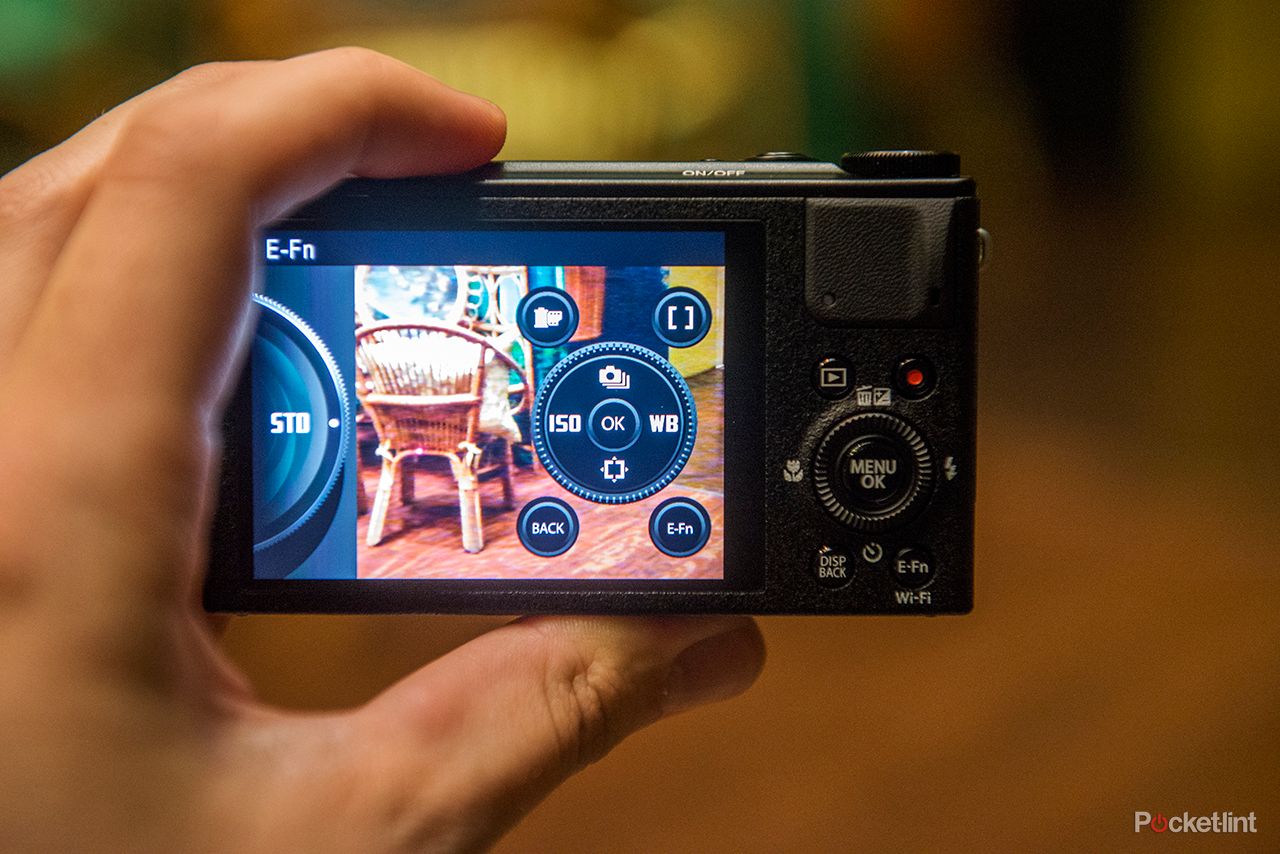
But that news lens does deliver one must-have feature: lens-based image stabilisation. And it’s very impressive in use. It helps to steady shots - both in preview and the final result - without being an audible nuisance, and the results speak for themselves. We were shooting at 1/15th sec shutter speeds with success on plenty of occasions. Happy faces all round.
If you’re looking for a do-it-all compact camera then the XQ1 misses out on top-spec features such as a hotshoe for adding on a brighter flash or electronic viewfinder. If that’s not a bother for your work then this pocketable solution will make plenty of sense.
We found the camera’s 3-inch, 920k-dot screen to be ample for use at all times. And we were fortunate enough to be blessed with a bit of sunshine when snapping away in Barcelona - so whether dark, light or bright the XQ1 has got you covered when composing.
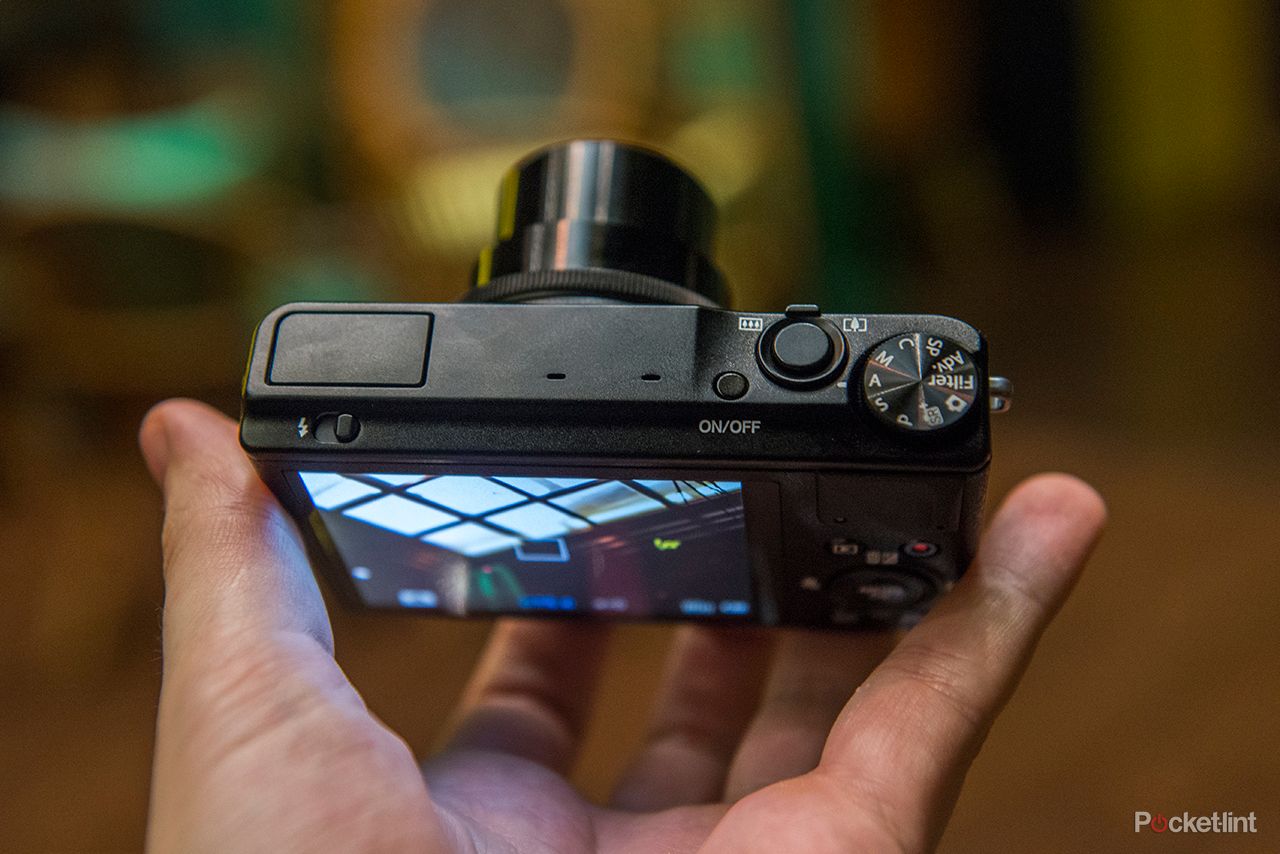
There’s also wireless connectivity built in, although take that with a pinch of salt: it’s possible to share images with a smart device or computer, but not share to other destinations direct from the camera. Fujifilm calls it Wireless Image Transfer. Want to post to Twitter? It means getting the shot over to the app or desktop first, then sharing from here.
The app is pretty decent in what it does, though, even if there’s no remote control functionality as with some competitor manufacturers’ offerings.
Image quality champion?
We’ve already seen the X-Trans CMOS II work its magic in the X20, and it delivers decent results in the XQ1 too. Although the market has changed: this is a compact camera world where the likes of the Sony RX100 and its 1-inch sensor puts added pressure onto any high-spec compact.
Fujifilm XQ1 review - sample image at ISO 100 - click for 100 per cent JPEG crop
In context the XQ1 has a similar maximum aperture range available to that of the RX100 II. That means bright, wide-open-aperture shots with blurred backgrounds at the widest-angle settings at f/1.8, dipping slightly as the zoom is extended - but even the f/4.9 maximum at the 100mm equivalent can hold its own against the Sony. It's price, size and what works for you that separates these two cameras.
READ: Sony Cyber-shot RX100 II review
But despite its small size, the XQ1 still delivers big in picture quality. There are definite highs, although there are some JPEG artefacts visible throughout the available sensitivity range. Not to the point of begin a major problem, but it’s not crystal clear when viewed at 100 per cent on a screen. But that’s us being pernickety.
Fujifilm XQ1 review - sample image at ISO 1250 - click for 100 per cent raw crop
It’s also possible to shoot raw files, which we’d certainly recommend for that added dash of sharpness and detail. However, raw shots at the widest angle available show just how much distortion correction is put into the JPEG processing. We’re not surprised though - the 25mm wide-angle shows up noticeable barrel distortion. To avoid that zoom in a touch and the results are pleasing, such as this fast-shutter shot of gulls being fed on the seafront:
Fujifilm XQ1 review - sample image at ISO 100 - click for 100 per cent JPEG crop
The XQ1’s higher ISO sensitivities show more visible image noise, and there’s some increased softness, but results in four-figure ISO settings are still usable. We’d happily shoot at ISO 1600 without worrying much about it. The top-end ISO 12,800 pushes things too far, but then that’s the case with almost any given camera.
In terms of compact camera results we’re pleased with the XQ1’s results. This is a camera that’s a cut above most compacts out there.

